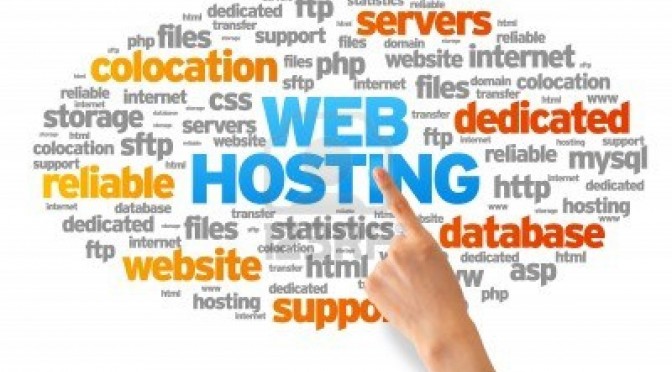Co je potřeba?
There are a few basic things required to start your own website. In this guide we give an overview of Domain Names, Web Hosting and what you will need to get a website up and running.
In order get a website up and running you need 3 basic elements:
- A Domain Name – the address of your site, for example www.golfclubs.com
- Website Hosting – somewhere for your site to „live“ that your domain name points to
- An Actual Website – in our case, the Fresh Store Builder files
A simple analogy of these elements could be your house. Before you build a house you need an address (domain name). Then you need an actual area of land where you will build the house (website hosting). Finally you need to actually build the house on your land (the actual website).
Lets look a little closer at each element.
Domain Name
A domain name is simply the „address“ of your website. Every website you know has a unique domain name that you type into your internet browser to get to. To get your website online, you will need to decide on a domain name to use and then make sure it’s available to register. For example, www.golfclubs.com is a domain name someone might use for a Fresh Store Builder site selling golf clubs. For our purposes you will likely want something a little more specific; choosing a domain name is covered in a seperate guide.
Once you have registered a domain name, you will then configure it to „point“ to your hosting account. This is so when people type in or click to your domain name, they will see your website when it is done.
You have probably seen quite a variety of different types of domain names…most ending with a „.com“ but probably also many „.net“ or „.org“ or any of the many other available „extentions“ or TLDs (top level domains). For your site you will likely want the „.com“ for US websites and .co.uk for UK sites, for reasons we cover in more detail in other guides.
When you register a domain name you are paying for the right to use it for a period of time, typically in 1 year increments. A domain name should cost roughly $10 a year. For more information on registering a domain name and our recommended places to register, please see our Hosting and Domain Name Recommendations.
Web Hosting
A web hosting company (known as a „Web Host“, „Hosting“ or simply „Host“) provide you a place for your website to live. You typically pay monthly or yearly and the cost is roughly $8 per month. You can usually have more than one website on your host account for the same price.
The cost of your hosting will depend essentially on how busy your website is. When you are first starting a website, you are fine using the cheaper packages but keep in mind you may need to upgrade your hosting as your site gets busier. This is because the more visitors you have to your site per day the more resources you will use (i.e. bandwidth and processing power).
When you choose a web hosting account you may find that there are different types of host available, such as basic „shared hosting“, virtual private servers and fully dedicated servers. Each comes with a varying cost starting as low as a few dollars a month for basic shared hosting all the way up to many thousands of dollars a month for dedicated servers. For your first websites you will only need a basic shared hosting account to start. If you find you need more you can always upgrade.
When you sign up for a hosting account you may get a specific amount of hard drive space on your account. All this means is you have limited space for all the files of your website/s. In most cases, especially with our recommendations (see here), you will have more than enough space for all your sites.
Another important factor of your hosting account is allowed bandwidth. Each time a visitor loads your site they will use a certain amount of bandwidth. This costs your hosting company so in turn they charge you for bandwidth. Some hosting companies will offer unlimited bandwidth and others will offer much more than you will ever need, especially if you use our recommended hosts.
To understand bandwidth further, you must think about how large a file is. If a visitor was to view a picture on your website and that picture is 1mb in size then they will use 1mb of your hosting bandwidth to view it. All aspects of your website including the text, video and pictures contribute towards bandwidth use. Bandwidth use is less important these days although worth considering if you ever run sites with large files (such as video).
